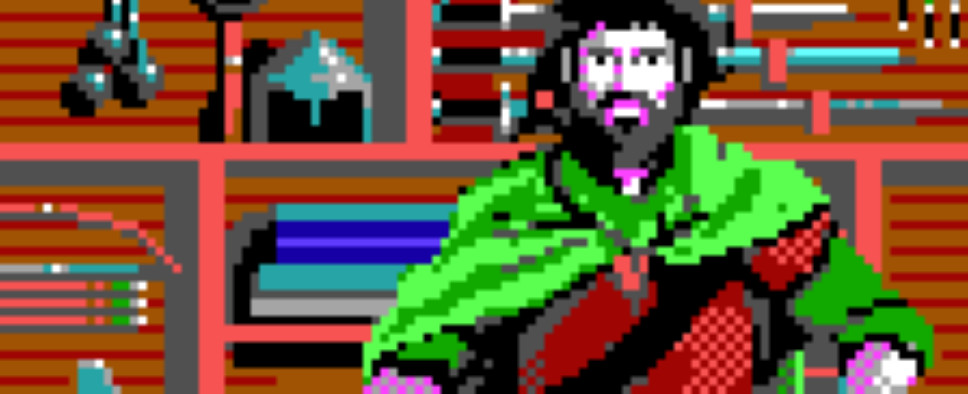Michael Cranford on Creating The Bard's Tale
-
Category: News ArchiveHits: 1883

Michael Cranford, the mastermind behind The Bard's Tale series of dungeon crawlers, recently had a chat with USgamer where he talked, in great detail, about his influential series and how it helped launch what the resulting article calls the second wave of RPGs. As usual, you'll be able to read an excerpt below, but before you do, be sure to check out the recently released remastered edition of The Bard's Tale Trilogy if you have any interest in the series.
Here are a few sample paragraphs:
"Playing Wizardry was so profound," says RPG designer Michael Cranford. "It was like drawing a bunch of connection points for me between gaming in the past and what a computer-moderated experience could be."
Cranford, whose career has included stints as a writer, programmer, and college professor, would make his own impact on the role-playing genre in 1985. As the lead designer and programmer on the most notable of the second-wave American RPGs, The Bard's Tale, Cranford sought to take computer role-playing to the next level by building on what had come before.
"I was definitely standing on the shoulders of Robert Woodhead there," he admits. "[Wizardry] was a brilliant implementation of a Dungeons & Dragons experience.
"It was so limited in so many ways, but it had a huge impact on me. I loved the game and as I was playing,. I was constantly thinking of ideas. 'I wish I could do this. I wish I could do that.' I was generating a list, because I thought, 'I think I can do this. I think I can actually write something that's like, beyond this.' Then I started wondering if people would want to play this? Would they be intrigued if this had three times the depth of Wizardry? And better graphics?"
At first glance, The Bard's Tale does indeed owe a tremendous debt to Wizardry. The bulk of the game involves traveling through simple first-person dungeons, battling hordes of random monsters with a six-member party of warriors. Even the screen format looks much the same, with party information appearing as a permanent fixture below a windowed dungeon view and text display.
At the same time, Cranford created a game experience that went far beyond the strict dungeon-crawling of Wizardry. While it lacked Ultima's emphasis on exploring a world and interrogating non-player characters with keywords, it nevertheless presented a virtual space that consisted of more than just a dungeon and a menu for dealing with essential tasks in town. The Bard's Tale broke its dungeon into multiple pieces, all scattered across a town called Skara Brae.

